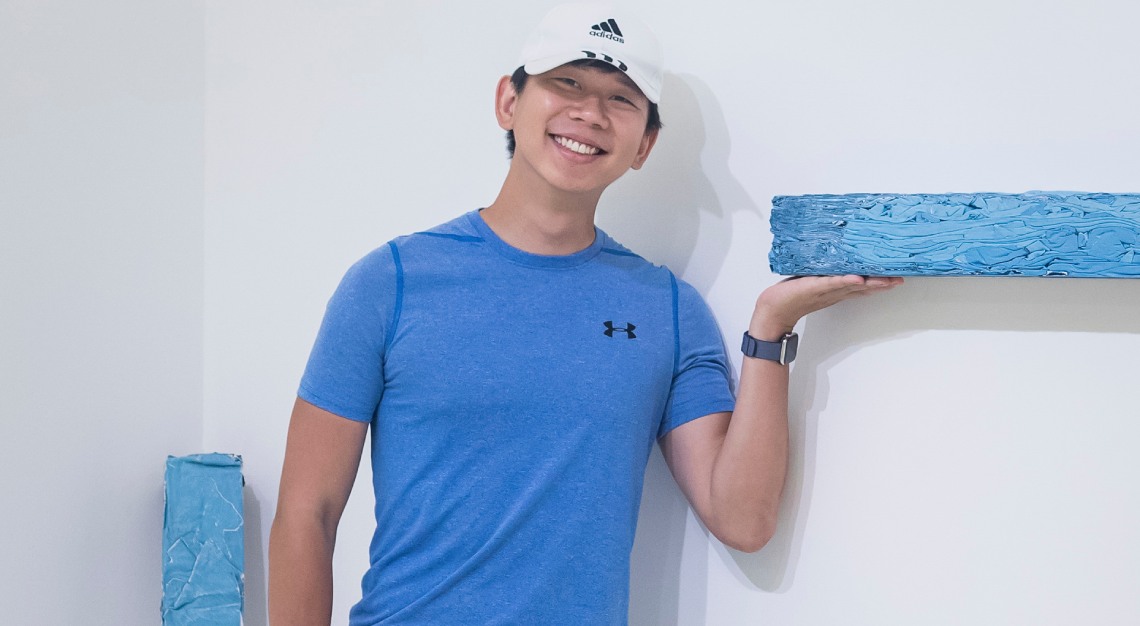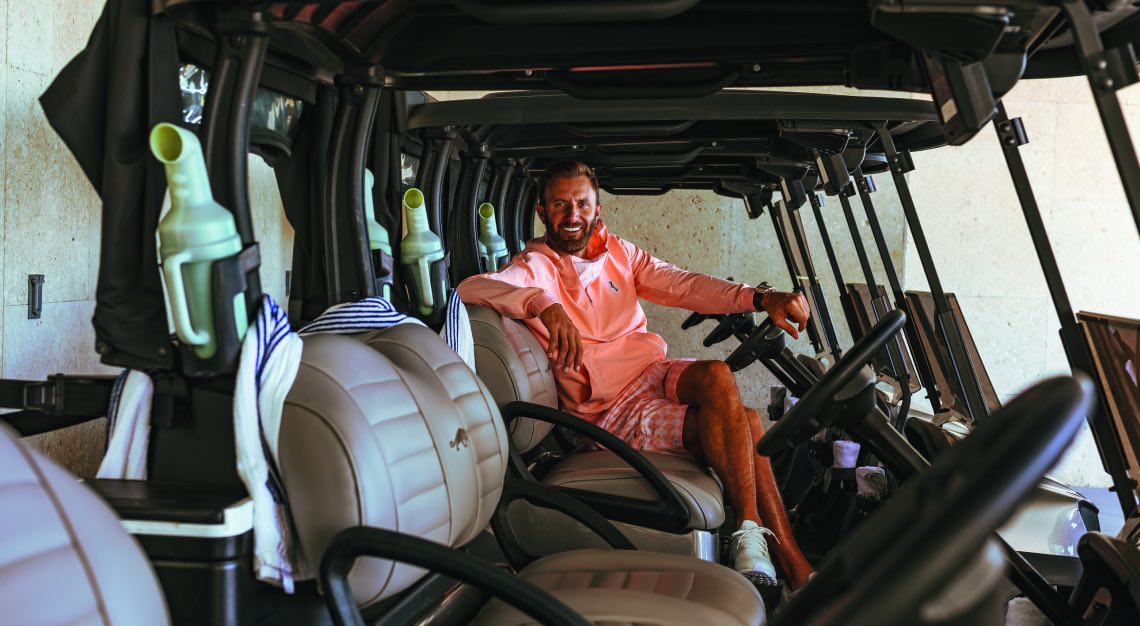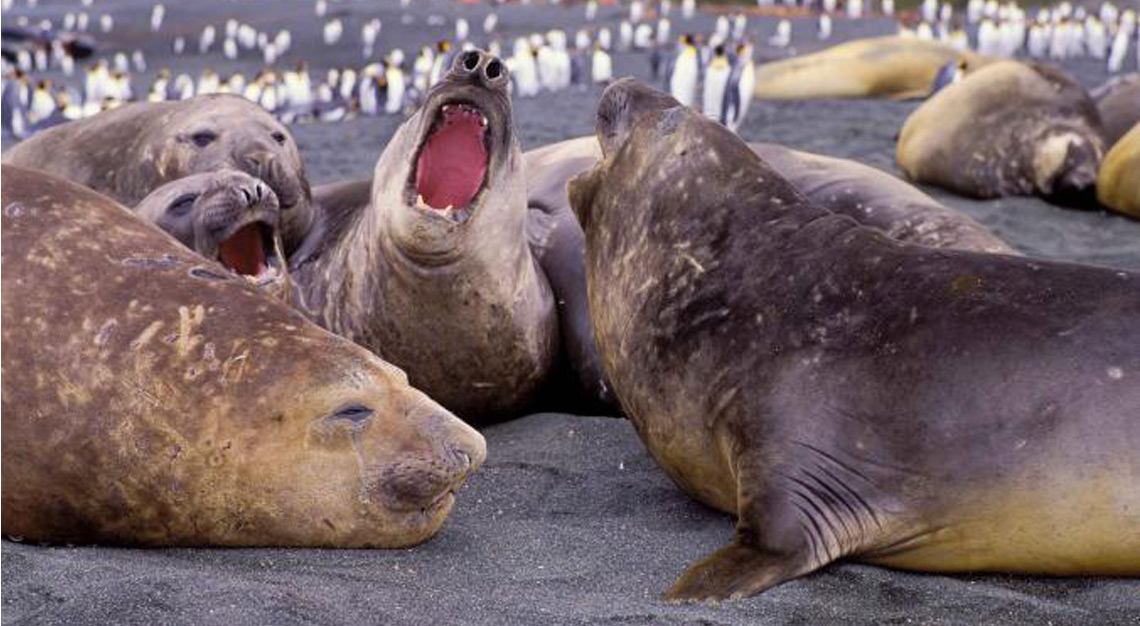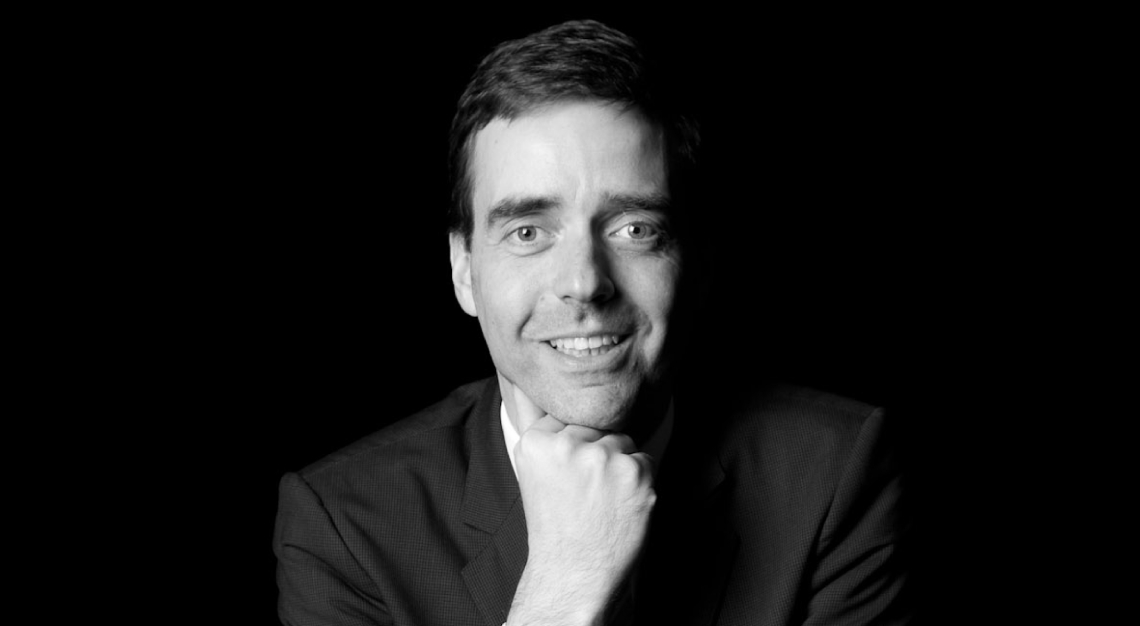The Answers With… Huazheng Hong, a Singaporean visual artist who seeks beauty in the last unspoiled places on Earth
Crowned Singapore’s National Award winner at the Sony World Photography Awards earlier this year, Huazheng Hong speaks with us about climate change and how photography adds to civilisation and empathy.

Hi H, how does it feel to be Singapore’s winner for the Sony World Photography Awards?
It’s a tremendous privilege, and I am very grateful, mainly because I won the Sony World Photography Awards through my work on the climate emergency. At the same time, I am sad to see that the climate is collapsing worldwide.
What defines you?
The word that kept coming to my mind was ‘duality’. I am an artist originally trained in business management, so I see the world through dual lenses. I see capitalism’s lack of equity and true egalitarianism, and art’s lack of accessibility and self-agency. To put it very crudely, one is ‘selfish’ while the other is ‘selfless’. Neither alone would help us solve the climate emergency today.
How did your love of photography start?
Some might remember the subprime mortgage crisis, which caused a global financial meltdown from 2007 to 2010. There were hardly any jobs for a business graduate like me, so I went full steam ahead to pursue my love for photography and learned as much as possible as an artist. It was one of the best times of my life.

What sparked your commitment to climate change?
If you’ve travelled to the wilderness and mountains as I did, you will understand nature’s profound sense of unity, of a deeper truth and meaning. Something sublime and humbling reminds us that humanity is part of a larger world. We are not the only stakeholder. A quote by Sir David Attenborough sums it up: “No one will protect what they don’t care about, and no one will care about what they have never experienced.”
You see photography as a powerful and accessible medium to highlight climate change. What about other art forms that you could envision embracing at some point?
There are many, of course! For example, short films, documentaries, video art, etc. These are natural extensions of photography as an art form. Moving images give tangibility to the abstract. Have you ever wondered why as your wealth increases, you tend to find yourself appreciating more art? It may be by design. It harkens to Maslow’s hierarchy of needs, whereby self-actualisation and transcendence lay at the pinnacle. In art, abstraction is also the essential process of all.
What breaks your heart most about this world?
I will quote this from a book by historian and anthropologist Yuval Noah Harari: “Our children’s books, our iconography, and our TV screens are still full of giraffes, wolves and chimpanzees, but the real world has very few of them left. There are about 80,000 giraffes in the world, compared to 1.5 billion cattle; only 200,000 wolves, compared to 400 million domesticated dogs; only 250,000 chimpanzees—in contrast to billions of humans. Humankind really has taken over the world.”
We thought that a recession meant carbon emissions would fall, but we couldn’t be more wrong. A pandemic-induced recession means governments worldwide will abandon their commitments to long-term decarbonisation and succumb to populism. After all, an economy built on capitalism has to prioritise perpetual growth. The impending catastrophic manifestations of climate breakdown will only force us to confront the limits of our natural world.

As of now, what is the one thing that makes you the happiest?
The rising awareness of the climate emergency. For example, did you notice that many winning entries for Sony World Photography Awards shed light on environmentalism, human rights and sustainable development? A significant part of our pathway to climate mitigation and recovery is underpinned by the actions of global corporations like Sony, Apple, Amazon, etc. (sometimes they are more effective than governments), and it’s heartening to see that they are taking charge. Sony, for instance, has a Road to Zero plan to achieve a zero environmental footprint throughout the life cycle of their products and business activities.
What does photography add to civilisation and empathy?
Let me reply to this question with another question. There is a maxim that goes this way: “Art is expression. Science is exploration. Engineering is invention. Design is communication.” My question is, where does photography sit in all of these? The answer: It lies everywhere, especially in the intersection! Photography can be a high-, middle-, and even low-brow art form. Tools must never dominate us. The story of empathy is everything.

We know the short story in regards to your submission. Is there more to that story?
Yes, there is a somewhat dark story. During the nascence of COVID-19 pandemic, I was trekking Tour du Mont Blanc—a popular multi-day trek that cuts across France, Italy and Switzerland. I injured my leg ligament and had to rest for a day in Courmayeur. All of a sudden, major news outlets all over the world reported that the Mont Blanc glacier could collapse. All 8.8 million cubic feet of ice anytime. That very same week, I listened to Greta Thunberg’s “How Dare You!” speech. It hits home. Despite the pandemic, I decided to accelerate my art practice on the climate emergency. That led me to explore the North Pole region after that.

Describe your photography style.
When I take a landscape picture, I feel a consonance with nature that is profound and visceral. Perhaps even mystical. My physical pain and suffering (for having trekked or climbed the mountain to reach that spot) is proof of the art. This is not something that AI (or even AGI) can resonate with. Every picture came from my soul, my spirit, and I believe it conveys truth and meaning to something larger and more lasting.
In your profile, you “seek beauty and places untouched by civilisation and technology.” Name the most beautiful place that you have been to and why.
The North Pole region. There are moments in your life when you can’t believe where you are. Things you’ve never touched before, experienced before. Things worth travelling to the end of the world. Frigid, icy, spellbinding, sometimes all brilliantly in one day. It is a place beyond imagination, unlike anything else on Earth.



Could you live there? With no humans and technology.
Many people live in the Arctic with advanced technology, especially scientists and researchers like paleoclimatologists. Although my work has always been an attempt to close the inherent distance between the viewer and landscape, it is mediated by technology, after all. I am a Singaporean living in a city-state. I met and photographed the Prime Minister of Singapore just before my expedition to the Arctic, and he asked why I was heading there. I shared that the more time we spend in a city, the more we should revere and learn from nature. That is perhaps vital to Singapore’s existential survival. I believe the Prime Minister agrees.
Do you sometimes wish the Earth was less populated?
No. This is a misconception. In fact our population needs to peak, so our emissions may taper off and reach equilibrium. A dense and highly developed city has a better chance of finding a pathway to carbon neutrality by decoupling its economic activity from the current over-reliance on fossil fuels. This is one of the most misunderstood issues today, and I urge everyone to read more about it.

Share with us the biggest (and perhaps the most interesting) challenge you have faced as an artist.
This goes back to my earlier point about duality. My mind belongs to both the financial world and the abstract world of fine art. Sometimes there is no reconciling both, and I have to question authority. In doing so, there is loneliness, but there’s also vindication. The ethos is knowing when to ask why, and, more importantly, why not.
The one camera and lens that will stay with you for life and why.
As the adage goes, the best camera is the one that is with you. The industry is going through a renewal by shrinking the camera form factor—for example, mirrorless bodies, smartphones, wearables, etc. I have just dabbled into my first mirrorless camera with the Sony a7RV. These advancements will empower even more storytellers. But we must understand that societies have always been shaped more by the nature of the media than by the content of the communication. The medium is the message.
What else are you passionate about?
Besides the climate emergency, I am passionate about animal rights, particularly stray animals. We need to grow efforts to grant animal personhood to stop the cycle of abuse.
What is the meaning of life through the H lens?
The stars are so big, the Earth is so small. Stay as you are.
Find Hong on Instagram here.




